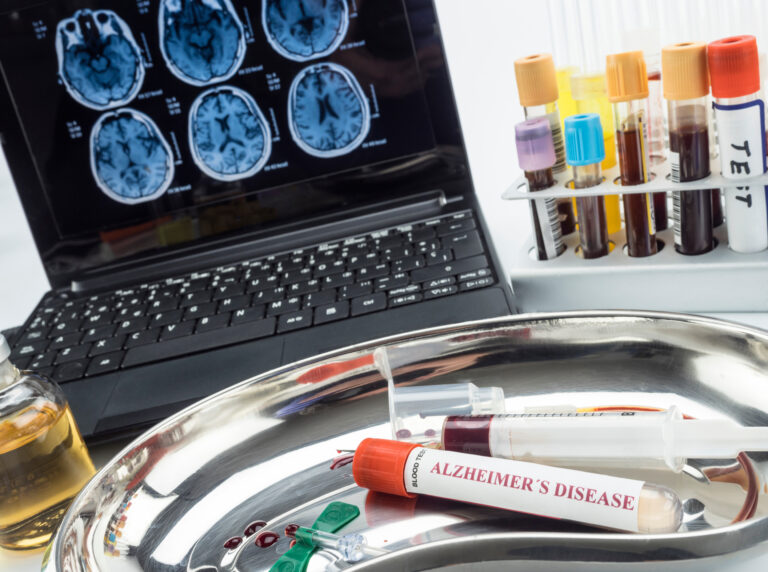As we journey through life, our bodies undergo significant changes that can affect how we feel and function. One of the most notable periods of change is after the age of 35. This is a time when many people start to notice differences in their energy levels, physical health, and overall well-being.
For women, this period often marks the beginning of perimenopause, a phase that can start as early as 40 and last several years. During perimenopause, estrogen levels fluctuate and gradually decline, leading to a range of symptoms. These include hot flashes, which can disrupt sleep and impact mood and energy levels. Additionally, bone loss accelerates, muscle mass decreases, and joints may become stiffer. Metabolism also slows down, contributing to weight gain and other metabolic changes.
Men also experience significant changes after 35. Testosterone levels, which peak in the early 30s, begin to decline. This decrease can lead to weaker bones, poorer metabolic health, and other age-related issues. Both men and women may notice changes in vision and hearing as they age. Presbyopia, a condition affecting near vision, becomes more common, while hearing loss, particularly for high-frequency sounds, can start to occur.
Lifestyle factors also play a crucial role in how we feel after 35. Years of less-than-ideal habits, such as smoking, excessive drinking, and lack of exercise, can catch up with us during this decade. The period from 36 to 46 is particularly critical, as it sets the stage for our future health. Engaging in regular physical activity, maintaining a balanced diet, and managing stress can help mitigate some of these changes and improve overall health.
In addition to hormonal and lifestyle changes, many people experience a sense of being “stuck” in their mid-30s. This feeling can prompt a reevaluation of life priorities and habits. Committing to daily physical activity, even if it’s just 40 minutes of moderate exercise, can significantly improve both physical and mental well-being. It’s also important to respect the body’s limitations and adapt activities as needed.
Ultimately, the changes we experience after 35 are a natural part of aging, but they also present opportunities for growth and improvement. By understanding these changes and making conscious lifestyle choices, we can navigate this phase of life with greater ease and vitality.





